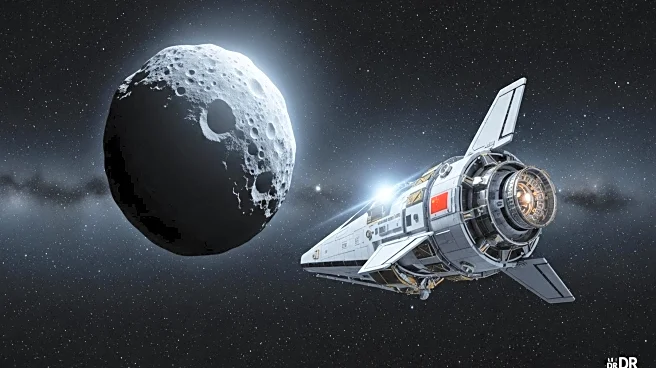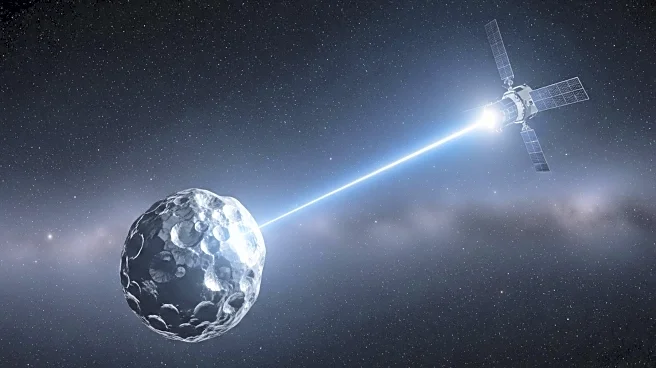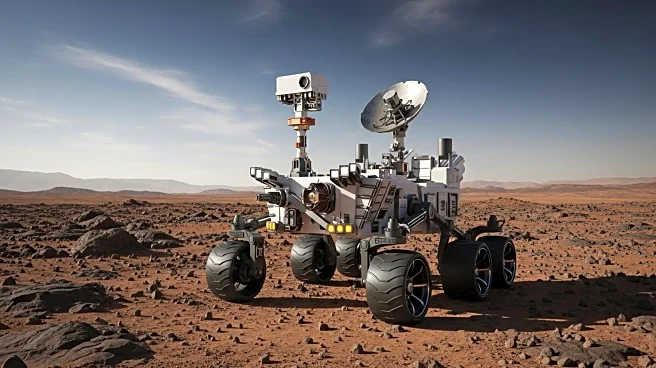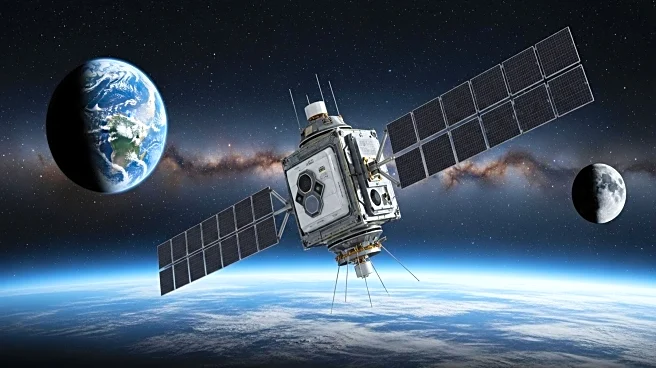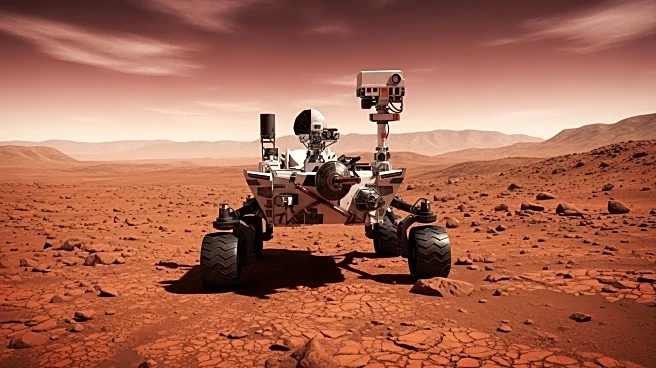What's Happening?
The European Space Agency (ESA) is progressing with the Ramses asteroid mission, aimed at reaching the asteroid Apophis before its close flyby of Earth in April 2029. ESA has allocated approximately 70 million euros to maintain the project's development schedule, with formal approval and funding decisions expected at the ministerial conference in November. The Ramses mission, leveraging design elements from the Hera mission, is set to undergo a critical design review in November, which will pave the way for spacecraft assembly in 2026 and testing in 2027. The mission is planned to launch between late April and early May 2028, arriving at Apophis in February 2029. Japan's space agency JAXA is collaborating with ESA, providing an infrared imager, solar arrays, and potentially launching Ramses on an H3 rocket, with funding approval anticipated by mid-next year.
Why It's Important?
The Ramses mission represents a significant international collaboration between ESA and JAXA, enhancing the scientific understanding of asteroids and planetary defense strategies. The mission's success could bolster ESA's reputation in space exploration and foster stronger ties with JAXA, potentially leading to more joint missions. The project's timely execution is crucial due to the rare opportunity presented by Apophis's flyby, which could yield valuable data on asteroid composition and behavior. The collaboration also highlights the importance of international partnerships in advancing space technology and exploration capabilities.
What's Next?
Following the critical design review, the Ramses mission will proceed to spacecraft assembly and testing phases. ESA and JAXA will continue to work on securing funding and finalizing launch plans, with the Ariane 6 serving as a backup option. The upcoming ministerial conference will be pivotal in determining the project's funding and future trajectory. Stakeholders will closely monitor the political climate in Japan, as changes in leadership could impact budget allocations for space missions.



